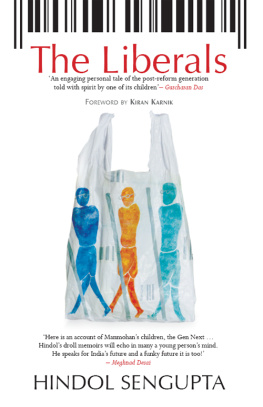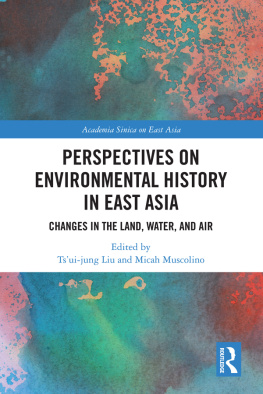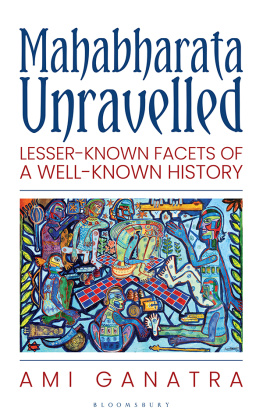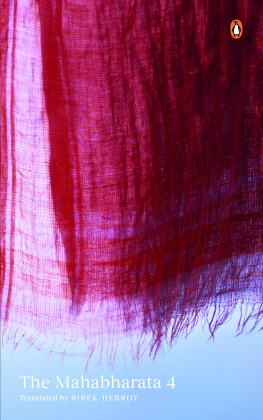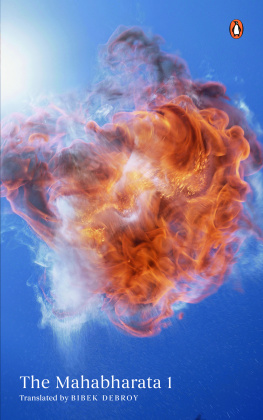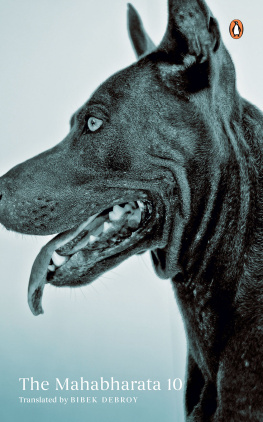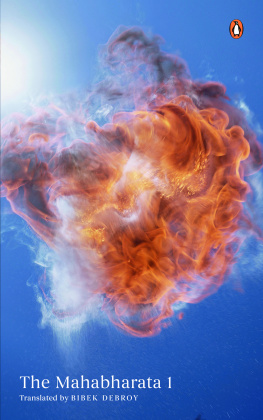NITISH SENGUPTA
Land of Two Rivers
A History of Bengal from the Mahabharata to Mujib

PENGUIN BOOKS
Contents
PENGUIN BOOKS
LAND OF TWO RIVERS
Academician, administrator, politician and author, Nitish Sengupta studied at Presidency College, Kolkata, winning a gold medal for his masters in history. He began his career as assistant professor of history and joined the Indian Administrative Service (IAS) in 1957. He held key posts in the Union government including revenue secretary and member-secretary, Planning Commission. After completing his doctorate in management from Delhi University, he lectured at several universities and leading management schools in the country. After his retirement, he was director-general of the International Management Institute, New Delhi.
Nitish Sengupta has represented India at various UN bodies and was elected chairman of the UN Commission on Transnational Corporations. He joined politics in 1996 and was elected to the Thirteenth Lok Sabha, where he served as member of several key committees, notably the Public Accounts Committee. He was also general secretary, All India Trinamool Congress. Currently, he holds the position of chairman, Board for Reconstruction of Public Sector Enterprises, New Delhi.
He has been a regular columnist in leading dailies and is the author of twelve books, including several related to management. As a historian, his well-known works are History of the Bengali-speaking People, Dr B.C. Roy, Biography and Bengal Divided. He has also authored Unshackling of Indian Industry, Government and Business, Inside the Steel Frame and My TimesA Civil Servant Remembers.
Dedicated to the fond memory
of Sunanda,
my life partner who is no more
Preface
This is by far the only book that covers the history of Bengal from the earliest times until the emergence of Bangladesh in 1971 as an independent country. Bengal, or Bangla Desh, as it is called by all Bengalis in the cultural sense (as distinct from the post-1971 country of Bangladesh in the political sense), has gone through many changes across centuries. There was the first partition of Bengal in 1905 by Lord Curzon which was resisted by the majority of the people. There was also the second partition in 1947 when a majority of the people called for a partition of the province into a Hindu-majority segment and the Muslim-majority segment, the former going to India and the latter going to Pakistan. From that point the two Bengals ceased to share a common political history and the Bengali-speaking people were split between the province of East Bengal (known as East Pakistan from 1956 till 1971) and the Indian state of West Bengal. In 1971 East Pakistan revolted against West Pakistan and seceded to create a new nation state known as Bangladesh.
During the last four decades I have been known as an author on management, economics and related subjects. It will surprise many friends to know that I majored in history and started my career by teaching history in Presidency College, Calcutta, in 195657 before I joined the Indian Administrative Services (IAS). I was then gradually sucked into the world of management science and applied economics and took a PhD in management from the University of Delhi.
I have to express my gratefulness to Sunanda, my life partner who is no more, for encouraging me to return to serious study of history. The present work was completed during the last seventeen years after I retired from government, in the midst of political and academic preoccupations. This is my private sector effort outside my public sector activities in management and in politics. I shall consider my labour amply rewarded if those who speak Bengali, about 250 million in number, despite being politically separated, take an active interest in their common political history, their shared composite culture and, above all, the common language they take pride in.
The study starts with the geographical background of Bengals history, the origin of the Bengalee race and the growth of Bengali language. The unity of language was a major factor in the emergence of Bengal as a distinct political and cultural entity. The history of Bengal is sketched right from the days of the Mahabharata, through the Maurya, Gupta, Pala and Sen dynasties, the Turkish conquest and the Turkish phase of medieval Bengal, the Mughal period and the British conquest of this province in the eighteenth century. Thereafter, it sketches the Bengal Renaissance, the growth of nationalism, the growth of Muslim separatist politics, the attempts at forging a united Bengali nation and eventually the failure of these efforts leading to Partition. It especially analyses the factors that created misunderstanding among the Muslim Bengalees and the Hindu Bengalees despite a lot of goodwill and commonality between the two which made Bengals second partition in 1947 unavoidable.
Following Partition, the study traces the history of East Bengal through various phases, in the course of which the East Bengalees felt humiliated and economically exploited under Pakistani rule. They eventually revolted against Pakistans dictatorship, struggled for a rightful place for their mother tongue and for a fair deal, under the charismatic leadership of Bangabandhu Sheikh Mujibur Rahman, and formed an independent nation, Bangladesh. Bangladesh now occupies the drivers seat in the matters of promotion and propagation of Bengali language and culture. This was climaxed recently by Bangladesh Prime Minister Sheikh Hasina formally seeking UN status for Bengali language in a statement before the UN General Assembly. She said, Bangla [Bengali language] is spoken by over 250 million people worldwide, primarily in Bangladesh and West Bengal Given the rich heritage of Bangla and its singular place as a symbol of peoples faith in the power of languages to sustain cultures and indeed the identity of nations, I seek support of the membership of UN General Assembly for its acceptance as an official language of the United Nations.
Long ago, Bankim Chandra Chatterjee expressed his sadness at the fact that the Bengalees were a nation who had forgotten their past. The credit goes to the University of Dhaka for bringing out the two-volume History of Bengal, with the first volume on the regions ancient history edited by R.C. Majumdar and the second volume on the medieval period edited by J.N. Sarkar. Unfortunately, the Partition of 1947 intervened and the third volume on modern Bengal never came out. Dr Nihar Ranjan Rays seminal work Bangalir Itihas in Bengali deals with the evolution of Bengals culture, bringing the story up to AD 1000 when neither the name Banga or Bengal, nor the name Bengali had appeared in popular parlance. The only work that covers the entire story of Bengal is R.C. Majumdars masterly three-volume work, History of Bengal, but it suffers from being too subjective and shaped by prejudices brought on through personal experiences of the author.
The present study essentially centres on the political history and does not dwell upon the cultural, linguistic, literary or social aspects of Bengals development, except where these had a direct impact on political developments. It is based on both secondary and primary sources. The epilogue attempts to sum up the main events since 1971 in both the Bengals and give a perspective on the present and the future.


